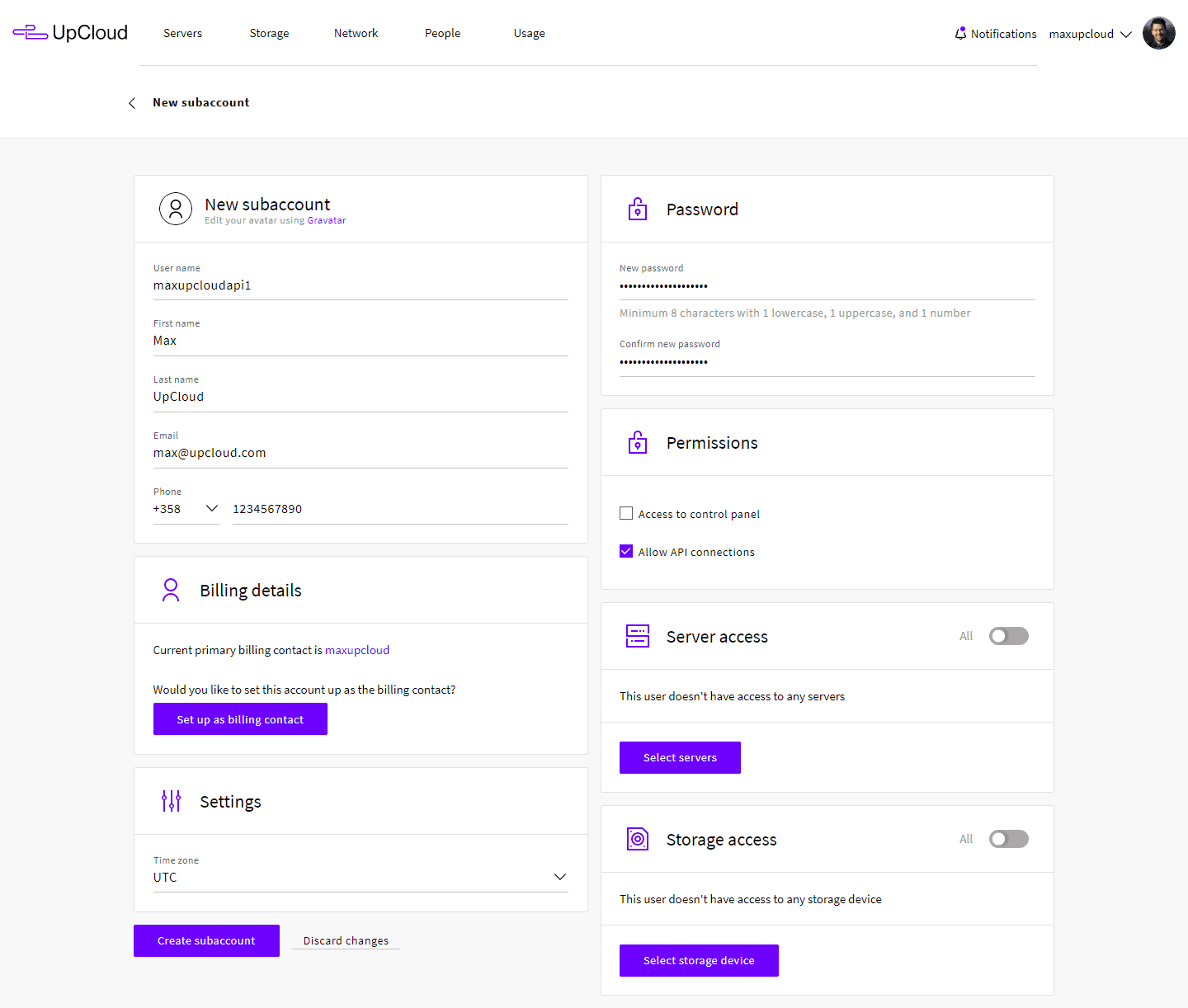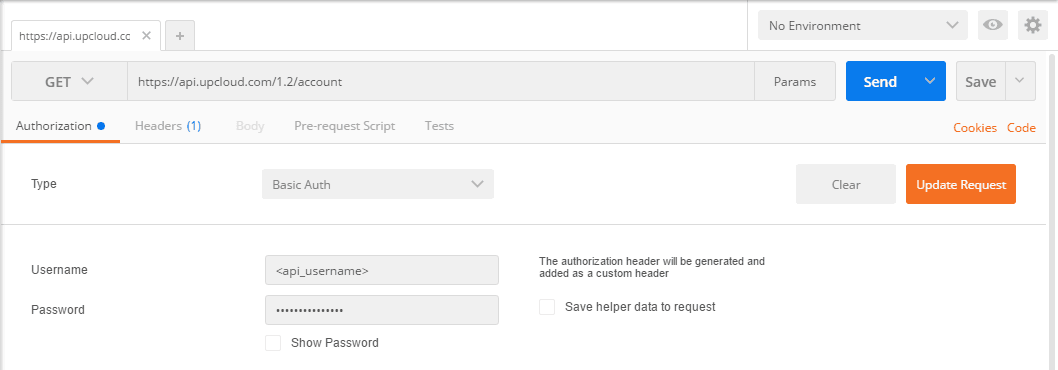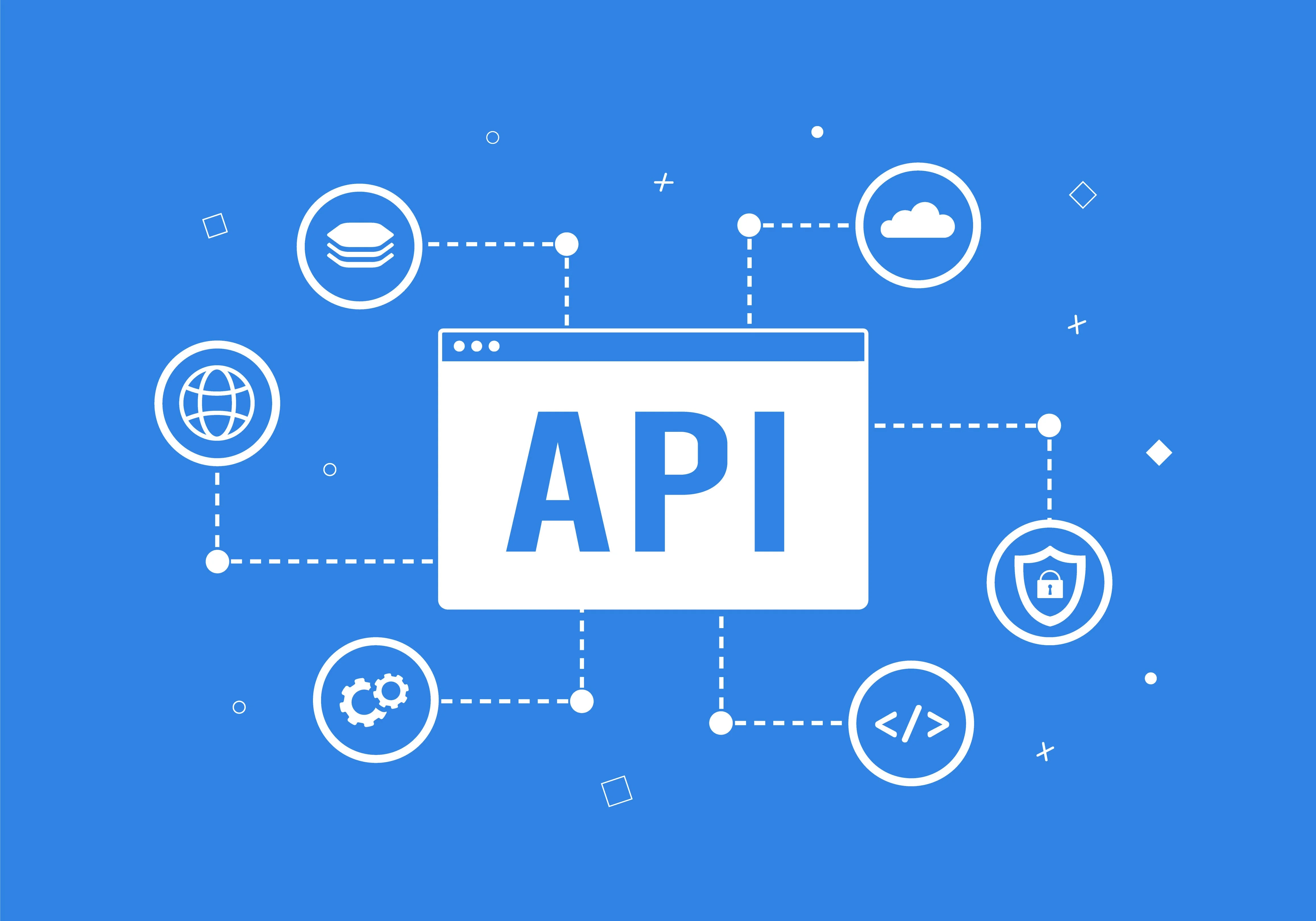Jan 9, 2025
Leveraging APIs And Automation In Cloud Management
ARTICLE
As the world moves towards digitalization, an increasing number of organisations have gone online. In this situation, cloud management automation has become crucial to helping businesses achieve their targeted growth.
APIs in cloud infrastructure ensure that organisations save time and resources and can make better strategic decisions. Cloud API tools enable DevOps cloud automation and help companies use the cloud to its maximum potential, leading to competitive advantage.
In this blog, we will see how cloud API tools work in cloud management automation by focusing on real-life use cases of APIs in cloud infrastructure. We will also explore how organisations can make the most developer plans using powerful cloud API tools from UpCloud. Let’s begin!
The Role of APIs in Cloud Management
APIs are a set of defined rules and protocols that enable different software applications to communicate with one another. In cloud management, APIs ensure the interaction of cloud services, applications, and tools and hence play an important role. They provide support for cloud management automation and integrate disparate systems to keep cloud operations efficient and manageable.
Cloud API Tools in Digital Environments
Cloud API tools enable programmatic access and control to cloud resources for performing various actions, such as setting up virtual machines, configuring network settings, or retrieving performance metrics. These can be deployed on-premises, via the cloud, or in a hybrid on-premises and SaaS model.
APIs are very important in dynamic cloud environments where manual intervention is not feasible. They let you have real-time monitoring through integrations with monitoring tools that track performance metrics, system health, and resource utilisation. This way, APIs can feed data into a monitoring dashboard, set up automated alerts for anomalies, and trigger automated maintenance jobs under defined conditions.
The DevOps cloud automation tools allow automated checks and access controls and monitor compliance for improved cybersecurity. You can automate security audits and policies and integrate cloud API tools with your identity management systems to get access control to your cloud resources.
Benefits of Automating Cloud Management
Cloud management automation has several different advantages, including increased efficiency, reduced downtime, and proper resource allocation. Some of these are discussed below:
Increased Efficiency
Cloud management automation helps businesses perform routine activities like provisioning and scaling efficiently. Script automation and cloud API tools can be used to perform these tasks quickly and accurately, making them an innovative and strategic initiative.
Scalability
Automation supports scalability by allowing resource changes according to real-time demand. For example, APIs automatically scale up or down an application's instances depending on traffic fluctuations.
Resource Optimization
Cloud API tools automate most of the tasks, which are usually mundane and resource-intensive, thereby freeing up the employees' time. This optimised resource management helps improve efficiency and boosts productivity and operational resilience.
Getting Started with UpCloud's API
When it comes to getting started with UpCloud’s API, know that it gives access to a powerful, flexible solution for efficient cloud management automation. Businesses can use this for task automation related to cloud management, integrating into other tools, and scaling your cloud infrastructure.
Create API Credentials
Access the UpCloud Control Panel: For UpCloud documentation, log in to the UpCloud Control Panel using your existing account credentials.
Access User and Permission Settings: In the Control panel, open the workspace section and click on Members in the sidebar menu - it opens the user and permission settings.

Create a New API User: Click the Add member button to create a new API user account. This will involve setting up the API user with the required information, such as name, email address, username, and password.
Name: A descriptive name that is to be given to the API user account.
Email Address: An email address where notifications regarding API access are to be forwarded.
Role: This will grant the user a role, which allows the APIs to have the required permissions.
Set API Credentials: API ID and API keys act as the authentication details for API requests. Set an API password and enable API access in the permissions.
Click Create: After filling in the details, click the “Create Sub Account” button at the bottom. You can create multiple API accounts with their own set of credentials.

Lock down your API Credentials: Make sure API credentials are kept safe. Do not share them publicly. Limit access to such credentials for added security on your cloud infrastructure.
Test the Basic API Requests
Once you have your API account, you can test it using tools like Postman or directly making HTTP requests.
Testing API Access with Postman
Start the Postman tool or another API client that you prefer.
In the GTE request URL, put the API address https://api.upcloud.com

On the authorization tab, select Basic Auth and enter your API username and password.
Click the Send button to run the query.
Authentication Method
Basic Authentication API uses HTTP Basic Authentication. Your API username and password Base64 encoded should be in the Authorization header.
In Postman, this might look like the following in your Authorization header.

To fetch the list of servers available to your API user, use the following request URL:
Use the API Programmatically
You can programmatically access the API with many different programming languages. Some examples in Python are listed below.
import http.client import base64 conn = http.client.HTTPSConnection("api.upcloud.com") auth = base64.b64encode("username:password".encode()) headers = {"Authorization": "Basic " + auth.decode()} conn.request("GET", "/1.3/account", None, headers) res = conn.getresponse() print( res.read().decode() ) |
There is a simpler way to do the above example. The code is much cleaner - a class BaseAPI abstracts code to create a generic API (GET) request. Then a class Account extends the API class to make the same API call as above. With this setup, it is much easier to implement new GET requests.
import http.client import base64 class BaseAPI: api = "api.upcloud.com" api_v = "1.3" token = base64.b64encode("username:password".encode()) ''' Performs a GET request to a given endpoint in UpCloud's API. ''' def get(self, endpoint): conn = http.client.HTTPSConnection(self.api) url = "/" + self.api_v + endpoint headers = { "Authorization": "Basic " + self.token.decode(), "Content-Type": "application/json" } conn.request("GET", url, None, headers) res = conn.getresponse() self.printresponse(res.read()) ''' Prints the response (bytes) as a string to the user ''' def printresponse(self, res): data = res.decode(encoding="UTF-8") print(data) class Account(BaseAPI): endpoint="/account" def do(self): self.get(self.endpoint) if __name__ == "__main__": Account().do() |
Manage Resources Through API
APIs enable organisations to efficiently manage their resources by integrating different systems. Organisations can use cloud API tools to automate, access, and control different resources such as servers, databases, and third-party with greater flexibility.
Companies can retrieve data from a resource, create a new resource, update an existing resource, and even remove a resource if it is no longer needed. This helps to programmatically handle tasks without any manual intervention.
Real-World Use Cases of Cloud Automation
Cloud management automation changed how enterprises maintain their cloud infrastructure, helping firms be more efficient, scale faster, and save a lot of resources. Here are a few real-world examples of how an enterprise can use APIs and various automation tools to smoothly run its cloud-related operations:
Use Case no. 1
Automation is particularly important when it comes to scalability management, especially for SaaS providers. These API servers experience spikes in high consumption for memory or CPU, especially in the case where web and mobile apps load the same API endpoints.
What is driving these integrations? The use of APIs in the cloud makes the products seamlessly scale, and the revenue increases. For instance, 50% of Salesforce.com's revenue is made via APIs, which underlines their financial relevance.
Use Case no. 2
Scalable APIs enable retailers to extend their transactions across various devices, creating new distribution channels and opening up revenue streams at much reduced costs for infrastructure. A good example of this view is eBay, an online marketplace that features in the ranks of the largest marketplaces in the world for both buyers and sellers.
The publicly available API of eBay forms a very important part of its business model. About 60% of the revenue comes from it. This shows that scalable APIs enable transactions to be efficient while opening the doors to new business opportunities and making operations more agile.
Best Practices for Cloud Automation
While we have established the importance of cloud API tools in automating cloud infrastructure, it is important to follow certain practices to maximise the benefits. Here are some of the best practices for cloud management automation:
Define Clear Objectives
A business should clearly define its automation goals before using cloud API tools for DevOps cloud automation. For example, pick what exactly one wants to automate: scaling, deployment, monitoring, or anything else.
Start Small and Iterate
Begin with small, manageable tasks that can be easy to automate and are immediate in value. Expand automation to more complex areas once the initial tasks that were automated are working smoothly.
Automate Provisioning and Deployment
Automating provisioning and deployment helps ensure that infrastructure is configured consistently and quickly, reducing errors and saving time. By using Infrastructure-as-Code (IaC) tools, you can automate the creation and management of cloud environments.
Implement Continuous Monitoring
Monitoring is key to cloud automation, as it helps ensure the system is functioning as intended and identifies issues early. An organisation should continuously monitor cloud applications for performance, security, and compliance.
DevOps Cloud Automation
UpCloud Documentation in your cloud management automation will take it to the next level. An effective collaboration between the development and operations teams through unified communication, integration, and centralised management will accelerate your DevOps automation.
Conclusion
Using cloud API tools for cloud management automation brings substantial gains in efficiency, scalability, and economics. Companies can attain fully optimised cloud operations if they follow best practices for cloud automation, such as using UpCloud API's advanced features.
Start automating your cloud management today with UpCloud's powerful API. Sign up for UpCloud now and get started with a free trial!
